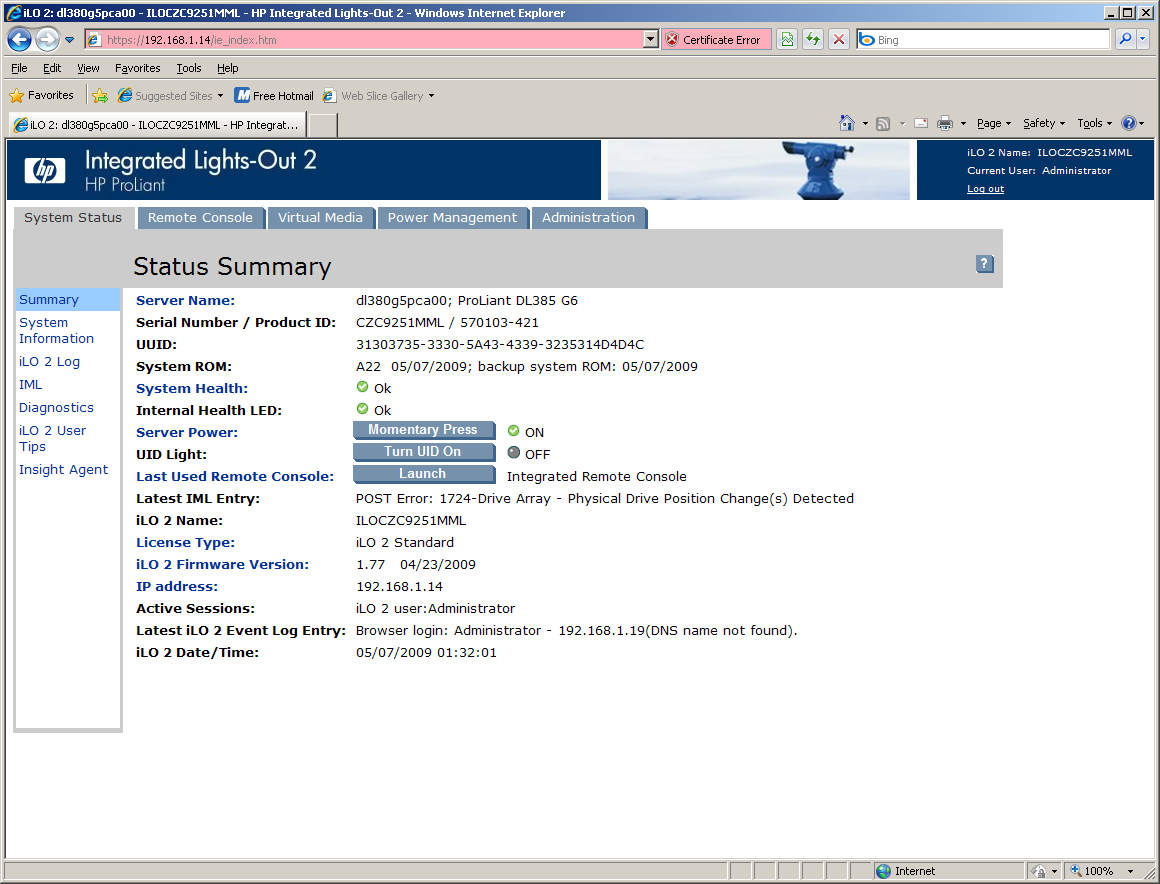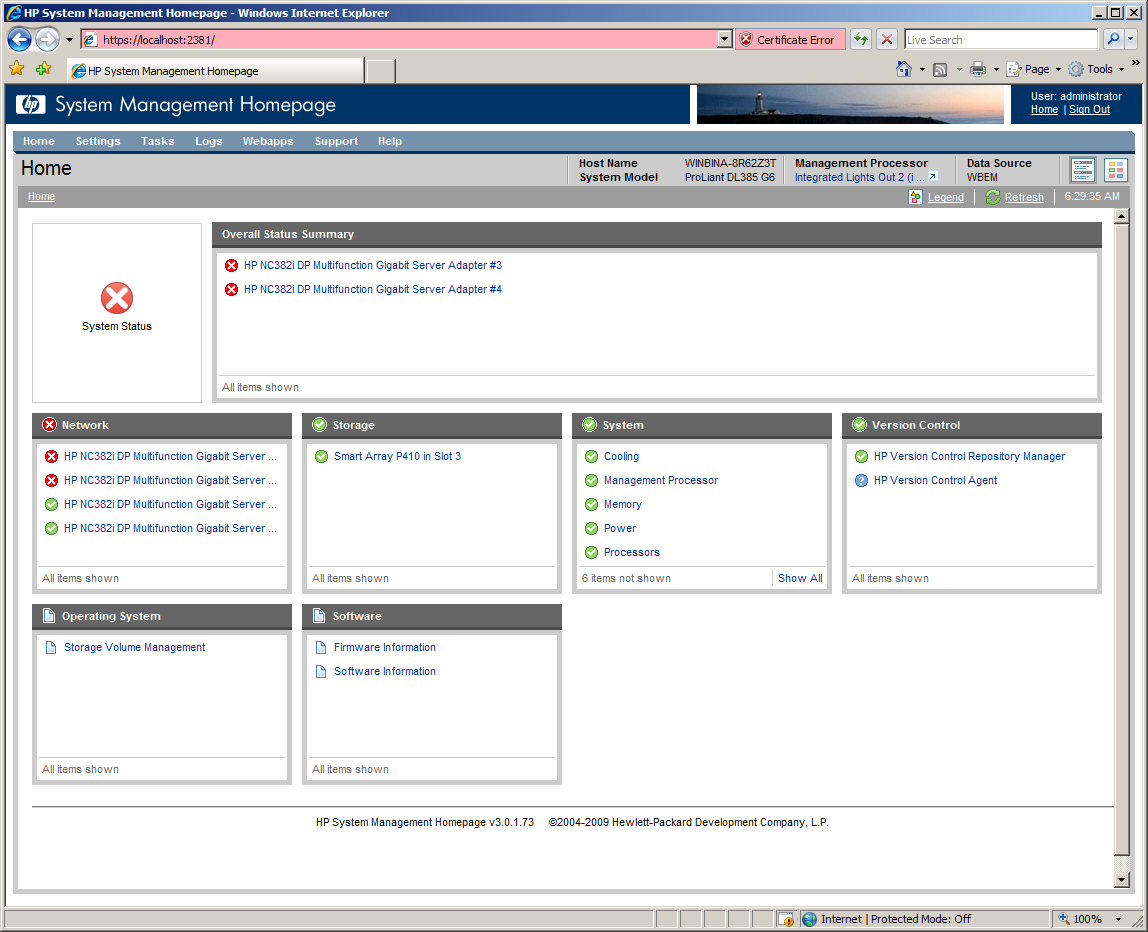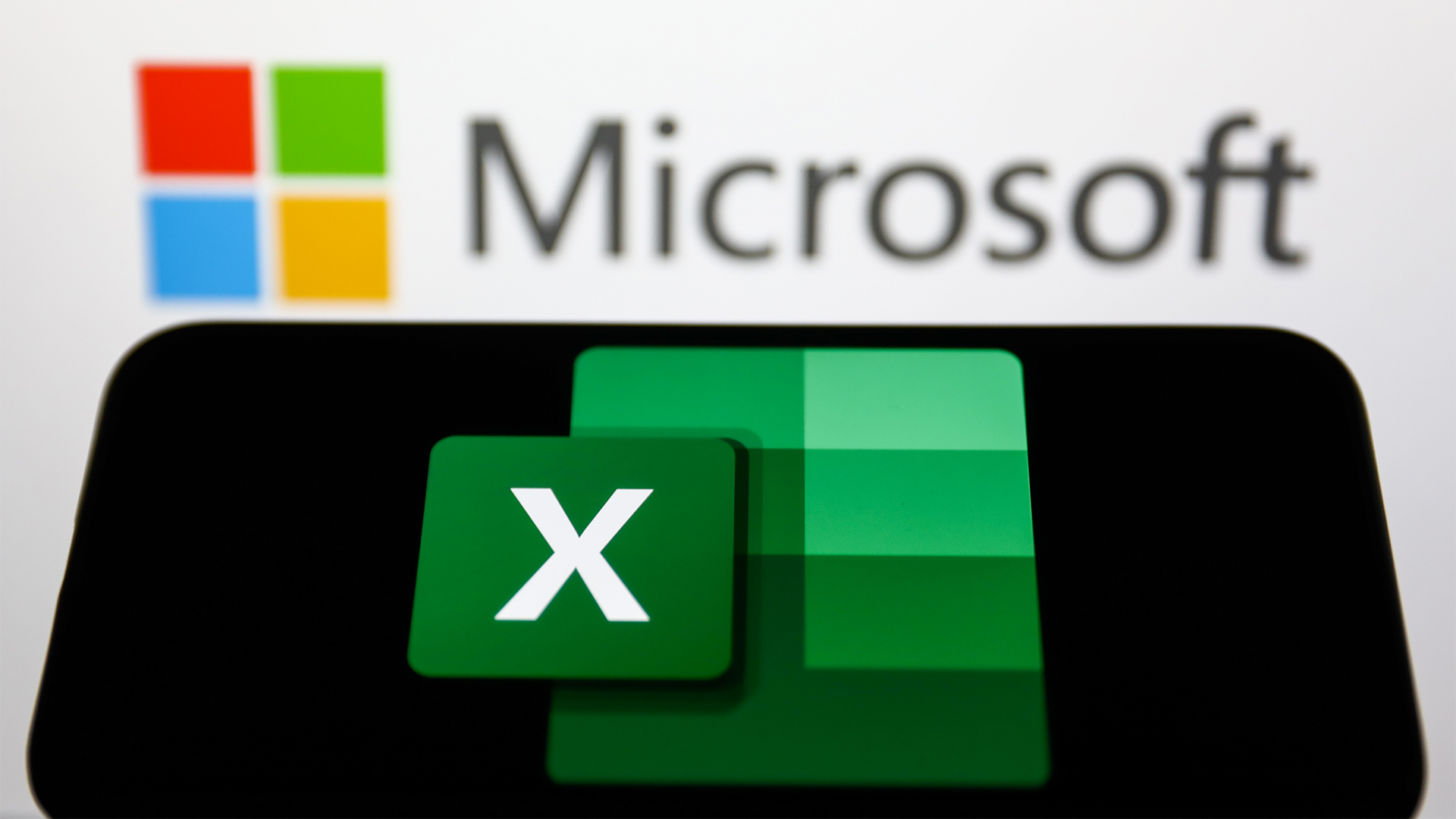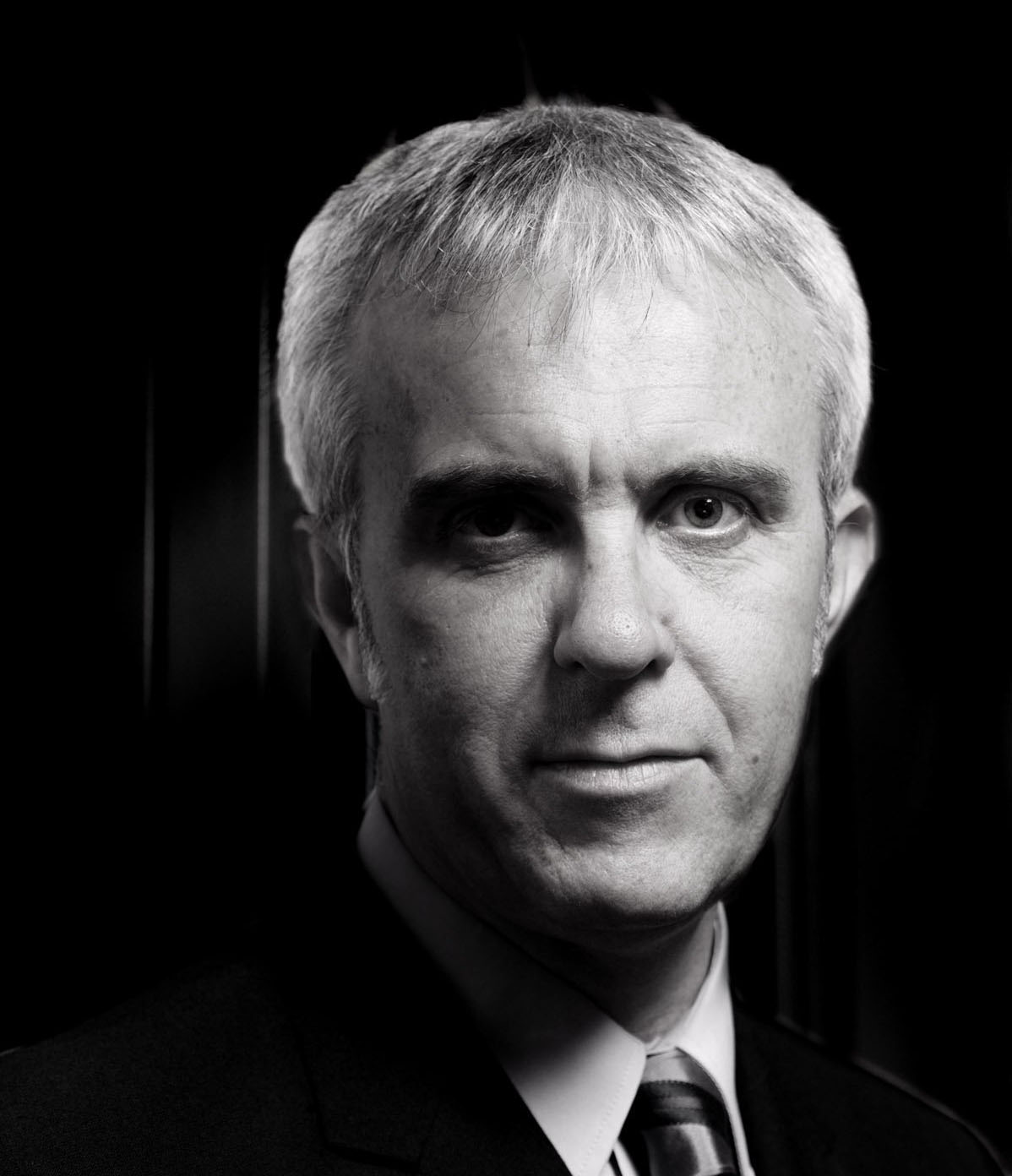HP ProLiant DL385 G6 review
The latest ProLiant 2U rack server showcases the Six-Core AMD Opteron processors teamed up with HP’s legendary storage potential. Is it enough to make you swap from Intel? We review the HP ProLiant DL385 G6 to find out.

HP’s latest server delivers plenty of Opteron cores for the price, along with one of the best storage capacities for a 2U rack server. It has good expansion potential and fault tolerance, whilst server management tools are amongst the best. However, we have reservations about buying into a six-core Opteron platform when Nehalem-EX may not be that far off.

Despite all the hype surrounding AMD's new Six-Core Opteron, its launch in June this year was a relatively quiet affair. This was partly due, no doubt, to Intel's Series 5500 Xeons stealing all the limelight but also because most server manufacturers haven't made a song and dance about their AMD platforms.
In this exclusive review we take a closer look at HP's latest sixth generation ProLiant DL365, which supports the Six-Core AMD Opteron processor. Naturally, virtualisation is a primary focus but HP is also targeting other markets for this 2U rack server including general purpose SMB duties plus data centre and storage services.

HP's embedded iLO2 controller provides remote access to the server as standard.
The review server came equipped with a single 2.4GHz Opteron 2431 and AMD now offers six other 2400 models ranging in speeds from 1.8GHz up to 2.8GHz. None of Intel's triplet of six-core 7400 Dunnington' processors support dual-socket servers and are looking tired now as they are the last of the Penryn generation.
Offered as a drop-in upgrade to the quad-core Opteron, the new processors have all six cores fully integrated on-die with AMD's Direct Connect architecture. Each core has its own L1 and L2 caches and all share a common L3 cache. Power is a big priority and AMD claims the new processors not only have the same power/thermal envelope as the quad-core Opterons but offer up to a 50 per cent performance improvement.

The System Management Homepage provides basic browser based server monitoring and alerting.
They also introduce AMD's HT Assist technology, which keeps a record of cached data and uses this to direct a processor to the relevant cache in another processor if it isn't stored locally. The HyperTransport 3.0 gets a bandwidth boost to 4.8GT/sec and power management is improved with a power capping feature.
Sign up today and you will receive a free copy of our Future Focus 2025 report - the leading guidance on AI, cybersecurity and other IT challenges as per 700+ senior executives
One other notable feature of these processors is they only support DDR2 memory. AMD argues from the power perspective saying that slower, cooler DDR2 is better that faster, hotter DDR3. Maybe it is, but, AMD is still expected to support DDR3 early next year with its 12-core Magny-Cours and six-core Lisbon Opterons.
Dave is an IT consultant and freelance journalist specialising in hands-on reviews of computer networking products covering all market sectors from small businesses to enterprises. Founder of Binary Testing Ltd – the UK’s premier independent network testing laboratory - Dave has over 45 years of experience in the IT industry.
Dave has produced many thousands of in-depth business networking product reviews from his lab which have been reproduced globally. Writing for ITPro and its sister title, PC Pro, he covers all areas of business IT infrastructure, including servers, storage, network security, data protection, cloud, infrastructure and services.
-
 Trump's AI executive order could leave US in a 'regulatory vacuum'
Trump's AI executive order could leave US in a 'regulatory vacuum'News Citing a "patchwork of 50 different regulatory regimes" and "ideological bias", President Trump wants rules to be set at a federal level
By Emma Woollacott Published
-
 Microsoft Excel is still alive and kicking at 40 – and it's surging in popularity as 82% of finance professionals report ‘emotional attachment’ to the spreadsheet software
Microsoft Excel is still alive and kicking at 40 – and it's surging in popularity as 82% of finance professionals report ‘emotional attachment’ to the spreadsheet softwareNews A recent survey found Gen Z and Millennial finance professionals have a strong “emotional attachment” to Microsoft Excel
By Emma Woollacott Published
-
 LastPass hit with ICO fine after 2022 data breach exposed 1.6 million users – here’s how the incident unfolded
LastPass hit with ICO fine after 2022 data breach exposed 1.6 million users – here’s how the incident unfoldedNews The impact of the LastPass breach was felt by customers as late as December 2024
By Emma Woollacott Published
